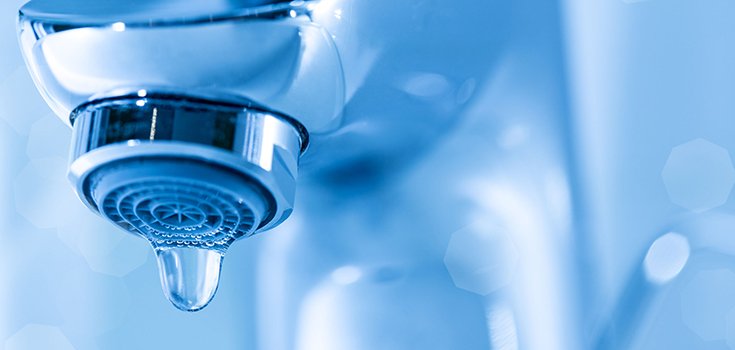After Flint’s Water Crisis, 47% of Americans Don’t Trust Their Water Supplies

Following the well-publicized Flint water crisis, millions of Americans find it difficult to ignore the possibility that their water isn’t safe to drink either. According to a poll taken by the Associated Press, only 47% of Americans still believe their tap water is safe. Approximately 33% said they were “modestly confident” in their water supply, and 18% said that they weren’t confident at all. Are these fears unfounded, or are Americans wise to worry?
More than half of the people interviewed thought that the water crisis in Flint, Michigan represents just the tip of the iceberg, and there have been other incidents which suggest Americans are smart to look more closely at this issue.
Two years ago, a chemical spill left 300,000 residents of Charleston, West Virginia without tap water, raising new concerns about the ability of the United States to maintain its high quality of drinking water.
The National Resource Defense Council has also put nineteen additional cities’ water under serious scrutiny, stating that many citizens are drinking water contaminated with industrial chemicals and arsenic. Out of date plumbing systems are largely to blame – just like what caused the Flint water crisis.
Furthermore, only 91 contaminants are regulated by the Safe Drinking Water Act, yet more than 60,000 chemicals are used within the United States, according to Environmental Protection Agency estimates. Many are agricultural pesticides and herbicides, but not one has been added to the watch list since 2009.
For the last decade, more than 62 million Americans have been exposed to drinking water that did not meet at least one commonly-used government health guideline intended to help protect people from cancer or serious disease.
When half of America thinks Flint’s crisis could be their crisis, it turns out they are absolutely correct.
Meanwhile, more than 6 billion gallons of water per day are wasted as water infrastructure goes unrepaired. Further, companies like Nestle continue to draw water from the Great Lakes for free, and then sell it back to residents, just like the company did to residents of California during one of the worst droughts in history. Even more crazy? Obama has been selling our water to China while citizens of Michigan and California go thirsty.

I have felt my city water was unacceptable way before the incident in Flint, but that was because of the fluoride content. I used an undersink flow-through fluoride filter for a couple years but disliked how it used an aluminum media to filter the fluoride. It also took a long time to flush the filter after installation. The upside was that there was no “waste water” besides that water wasted in the beginning and the system itself was inexpensive to purchase. Unfortunately, it didn’t seem like it was eliminating as much fluoride and other contaminants as I wanted. I now use a reverse osmosis system under my kitchen sink, which I’ve split off to feed my refrigerator (it dispenses ice and water). I use it for drinking and for cooking but I can’t use it for rinsing veggies like I did with the fluoride filter. In order to counterbalance the water waste that comes with RO systems, I capture the waste water in 5-gallon buckets as my tank is refilling. I use that water to flush the toilet (several times).
It took me a long time to figure out the amounts of water filtered vs. the amount wasted, but it’s all good now. I just had to keep an eye on the process until I learned the system. I now dispense a half gallon of RO water into a glass gallon jug and it wastes about 5 gallons of water (unfortunately). If you buy the right type of RO system, you can disconnect the waste-water line before you start dispensing from the special tap, and set it down into a 5-gallon bucket. It takes 20 minutes for that bucket to fill up using the system I have. I set a timer and when it goes off I switch the hose to another bucket while the waste water is still running. It usually stops filling well before the second bucket is full. If the ice machine has been running or if people have used water from the fridge, the waste water amount is greater. I’ve had to put the end of the waste-water line into the sink b/c I didn’t have a third bucket sitting there to receive the waste water. (I don’t let it fill *all* the way to the top.)
Alas, that seems to be what it takes to get good water in this country….However, there is a new countertop RO system in the making. Hopefully, that will provide a good solution to our water problems. It doesn’t make waste water, but it only does small amounts of water at a time. It’s definitely workable and doesn’t require any plumbing or waste water.
I knew this for long time about our city waters are not that perfectly clean and that is why I have been filtering and distilling waters.